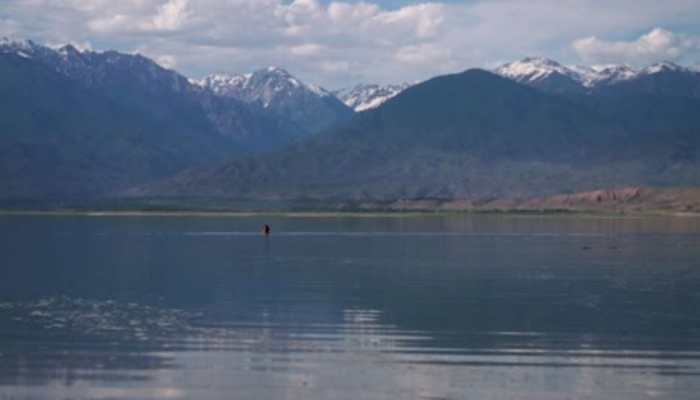Partial solar eclipse to grace the skies on February 15 – All you need to know
This event comes just days after the rare super blue blood moon that took place on January 31 and is also the second solar eclipse in six months.
Trending Photos
) (Representational image)
(Representational image) New Delhi: On Thursday, February 15, sky-gazers will be treated to a gorgeous celestial event, when the moon will block a portion of the sun, leading to a partial solar eclipse.
This event comes just days after the rare super blue blood moon that took place on January 31 and is also the second solar eclipse in six months.
While it won't be as remarkable as the August 21, 2017, total solar eclipse, spectators and enthusiasts will be able to note a slight change in the shape of the sun.
What is a partial solar eclipse?
A partial solar eclipse happens when the moon only blocks a portion of the sun. This can happen only at new moon when the sun and the moon are in conjunction as seen from Earth in an alignment referred to as syzygy.
Where will the eclipse be visible?
The partial solar eclipse will be visible in Antarctica and a sliver of southern South America, experts say. Skygazers in Uruguay, Argentina, southern Chile, far western Paraguay, far southern Brazil and Antarctica can see the celestial event on Thursday, February 15 for approximately two hours.
What time can we view the partial solar eclipse?
Antarctica will experience the partial eclipse between about 8:00 pm and 9:00 pm UTC or 9:00 am local time. Then, the end of the eclipse will be visible in Uruguay, Argentina, southern Chile, far western Paraguay, and far southern Brazil.
How to view the eclipse?
According to the guidelines set by NASA, one should avoid looking at the sun directly/with the naked eye. Pinhole cameras or the filtering eclipse glasses should be used.
2018 will witness two more partial solar eclipses which are expected for July 13 and August 11 respectively. On July 13, the Sun would appear crescent-shaped over Australia and Antarctica, while the August 11 will play over the North Pole, northern Europe, and parts of northern and eastern Asia.
Stay informed on all the latest news, real-time breaking news updates, and follow all the important headlines in india news and world News on Zee News.
Live Tv







)
)
)
)
)
)
)
)
)
)
